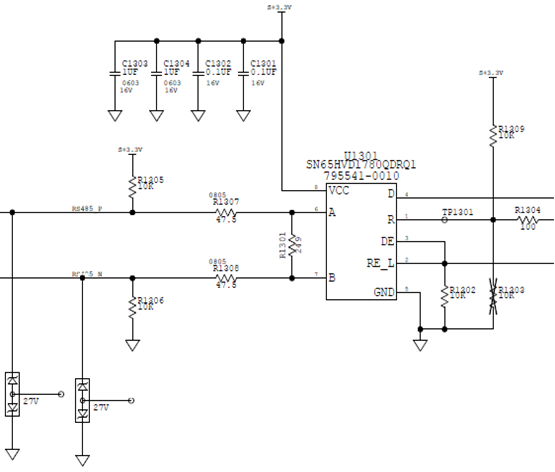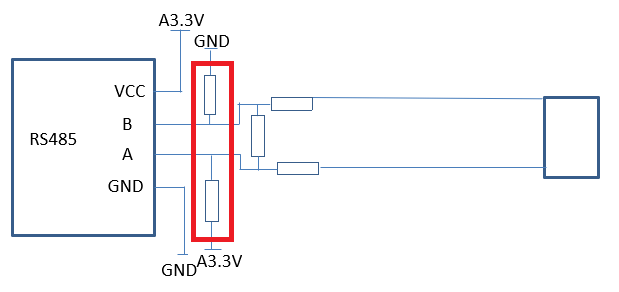Hi, team,
I have some questions about SN65HVD1780-Q1 match design as below. Please look into it and give your suggestion.
1. Below is slave side transceiver design. For master side transceiver, do we need to design isometric differential lines of B/A? What is the differential impedance?
2. Does terminating resistor need to be the same between master and slave side?
3. What is the requirement of damping resistor on differential line?
Thanks.
Johnny



